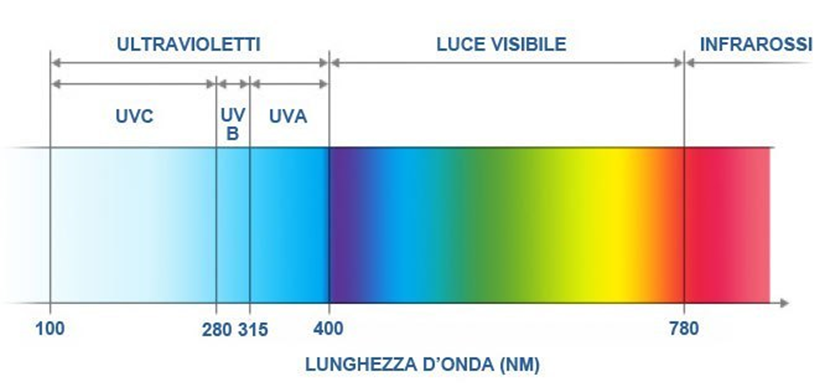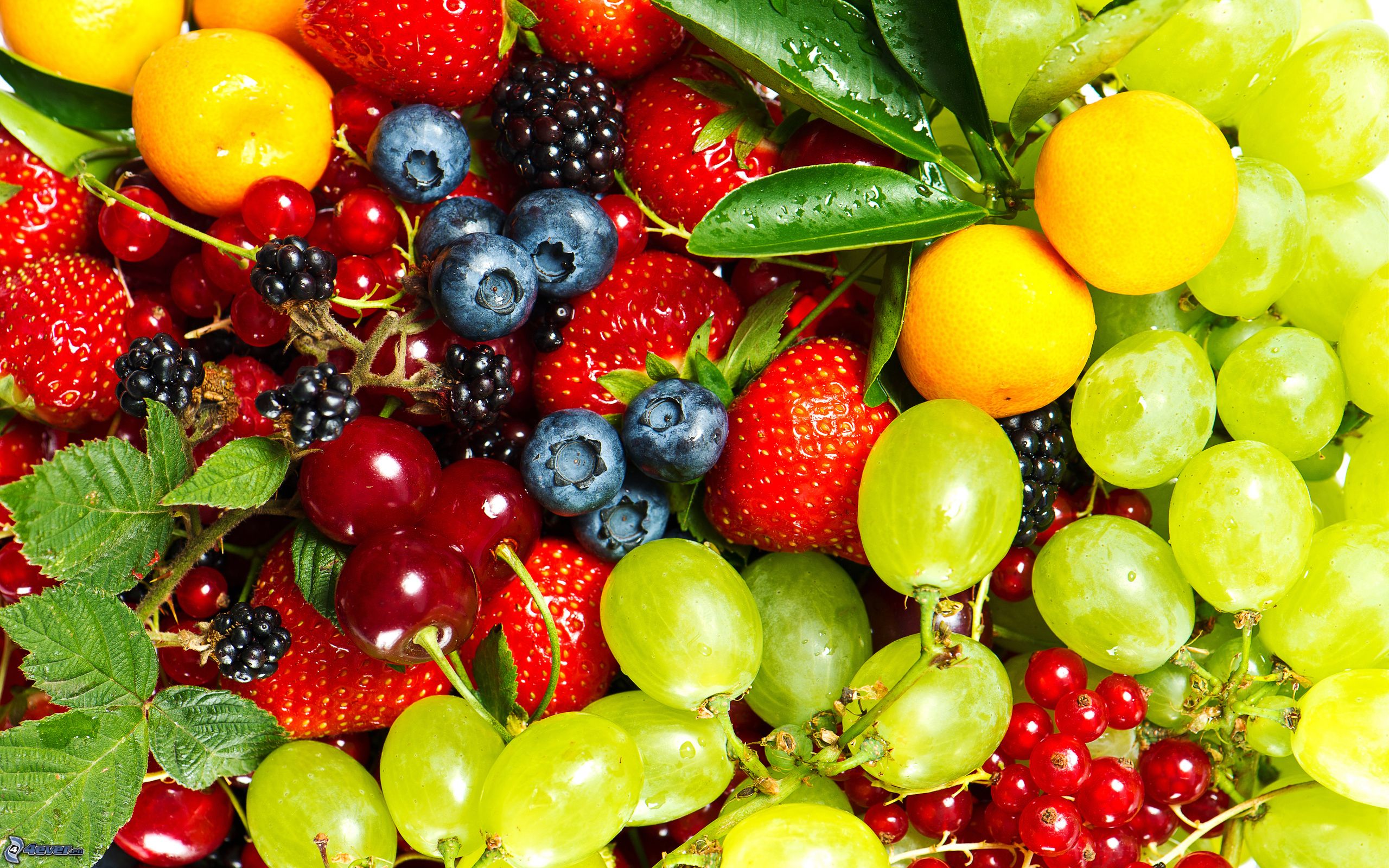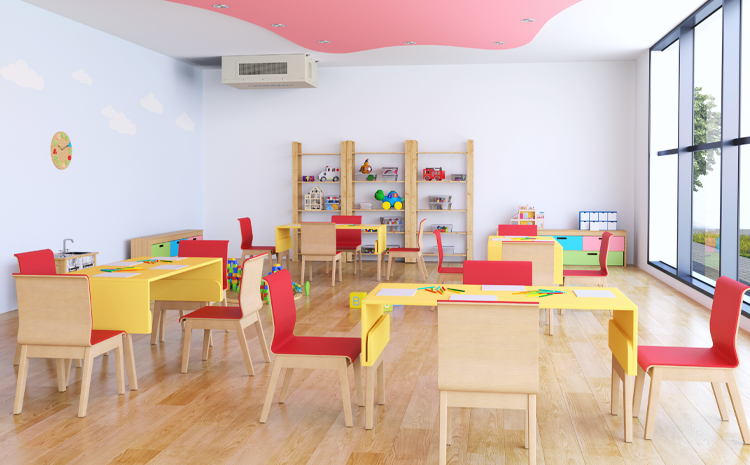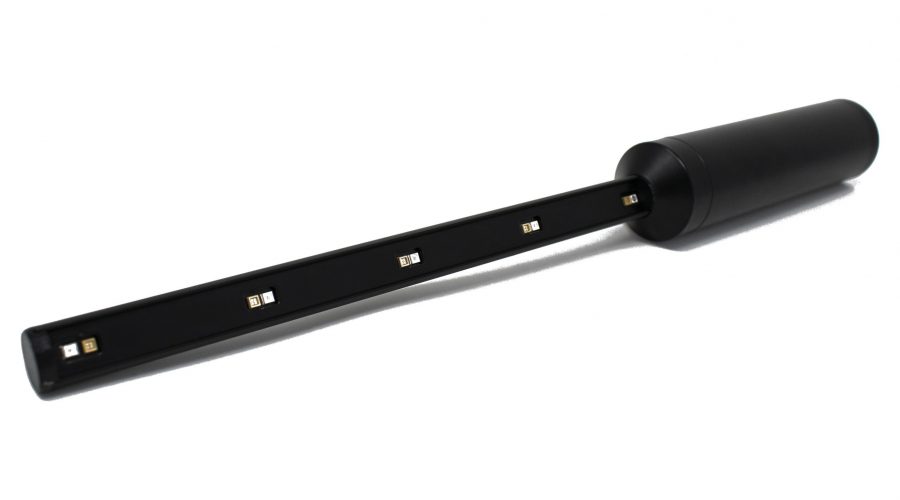Improve fruits and vegetables with exposure to UV light
The power of UV rays
The use of sunlight for sanitization and disinfection dates back to ancient Greece and Egypt. Today, after nearly a century of research and study, we know that much of this ability is due to ultraviolet (UV) rays. In fact, sunlight includes wavelengths outside the visible spectrum: it contains wavelengths over 700 nm (IR) and wavelengths below 400 nm (UV). UV light becomes more energetic and its ability to modify chemical bonds increases when the wavelength decreases. The UV wavelength ranges are typically divided into UV-A (400 – 315 nm), UV-B (315 – 280 nm) and UV-C (280 – 100 nm) bands. Since the outer layer of the earth’s atmosphere filters almost all UV light of wavelengths below 300 nm, generally only the biochemical impacts of UV light between 300 and 400 nm are considered.

The missing piece
Plants have developed several biochemical systems to manage the effects of sunlight. The most famous vegetative pigment, chlorophyll, mainly absorbs the blue and red spectrum and converts photons into biochemical energy (sugar molecules) through photosynthesis.
UV light is also important for plant growth and development, a UV receptor (UVR8) has recently been identified that detects UVB light, and studies and research are underway to clarify the relationship between UV light intake. and the taste of fruit and vegetables. UV light helps eliminate pathogens and other organisms, affects the life cycle of growing plants and extends the life of production by up to 100% more.
UV light is “the missing piece of the horticultural lighting puzzle” due to its ability to “stress” the plants, making them stronger and able to ward off diseases, improving their flavor, texture and color. For example, strawberries can be grown to have a more vibrant color and their taste can be intensified.
Thanks to reports such as “Manipulating the sensory and phytochemical profiles of greenhouse tomatoes using environmentally friendly doses of ultraviolet radiation” (August 2016) and “Light quality-dependent changes in morphology, antioxidant capacity and volatile production in sweet basil” (September 2016), some herbs (eg basil) and tomatoes were found to taste better due to UV exposure. This has led to the development of artificial UV sources that are more precise, safer and more effective than natural sunlight.
UV LEDs in CEA agriculture
UV LEDs have a small footprint and offer a long service life. With growing concerns about the risks of mercury and falling costs of LED technology, it is no wonder that the global UV LED market is booming.
In controlled environment agriculture (CEA), plants receive filtered sunlight because UV light is not correctly transmitted through glass or plastic materials in greenhouses. This absence of wavelengths between 300 and 350 nm can have harmful impacts on crop development. However, thanks to LED lighting systems, the opportunity is offered to provide UV light to crops. Horticultural lighting based on LED technology is going through a period of strong growth thanks to its ability to maximize yields, regardless of whether the light is produced in the visible or ultraviolet (UV) spectrum. The horticultural lighting market is expected to grow by more than 180% over the next five years. LED-based lighting offers: savings in terms of costs and energy, greater eco-sustainability and longer life times, in fact it could be the next level of customization for horticultural applications. Despite these great discoveries, the research in this field is still long, there are still some unresolved safety issues, whether plants need continuous exposure to get the right blend of taste, nutrients and size, how much exposure to rays Is UV safe for operators in the sector?





